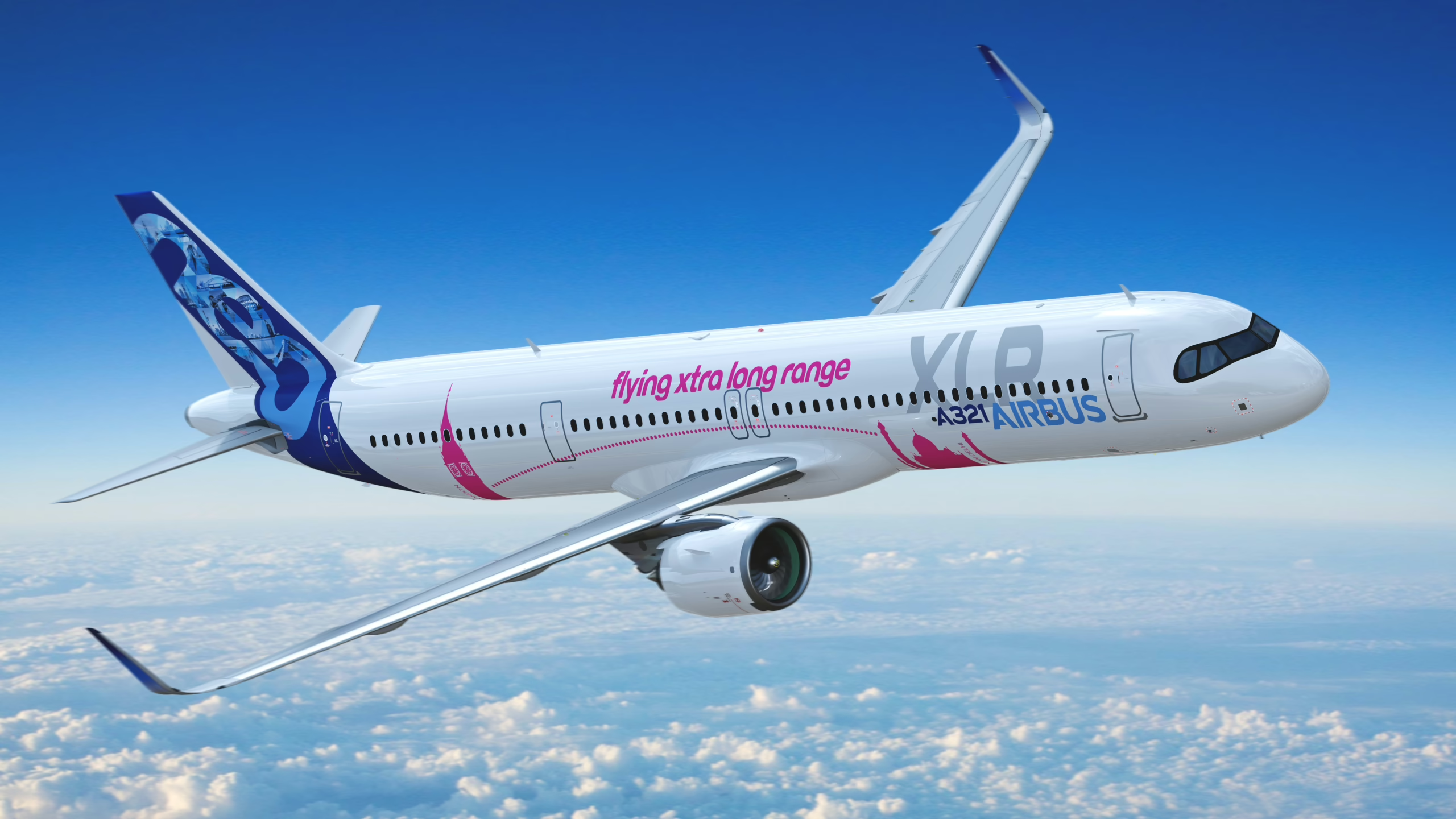After more than 30 years, United’s Boeing 757 transatlantic workhorse faces retirement as the carrier prepares to deploy 50 Airbus A321XLRs starting in 2026, promising lower fuel costs and enhanced passenger comfort.
United Airlines plans to deploy its incoming fleet of Airbus A321XLR aircraft to replace the carrier’s aging Boeing 757s on transatlantic routes, marking a significant shift in the airline’s long-haul narrowbody strategy.
The Chicago-based carrier ordered 50 A321XLRs in late 2019, with deliveries now expected to begin in early 2026 following certification delays. The European-built aircraft will take over routes the 757 has served for more than three decades, including flights from Newark to Edinburgh, Boston to Dublin, and Washington to Lisbon.
Senior Vice President Patrick Quayle said the A321XLR will “take over virtually all of our 757 routes.”
United currently operates 54 Boeing 757s in active service, with an average age of 26.8 years, according to Planespotters.net data. The aircraft face rising maintenance costs and lack modern cabin amenities such as premium economy seating and updated entertainment systems.
The A321XLR extends Airbus’ A321neo platform with an additional fuel tank, providing a range of 4,700 nautical miles and flight times up to 11 hours. The aircraft can carry up to 244 passengers in high-density configuration, though United plans a three-class layout with approximately 150 seats.
United’s configuration will feature lie-flat Polaris business class seats in a 1-1 layout with direct aisle access and sliding privacy doors, a Premium Plus cabin, and an updated economy section. The reduced capacity compared to the 757’s typical 170 to 180 seats reflects the airline’s focus on premium service over volume.
The A321XLR delivers 30% lower fuel burn per seat than the 757 and produces 50% less noise, according to Airbus specifications. The aircraft has a maximum takeoff weight of 222,667 pounds and cruises at Mach 0.82.
United executives view the A321XLR as ideal for serving smaller European destinations such as Porto, Shannon, and Faro that cannot support widebody aircraft. The carrier may also deploy the type on select Latin American routes from Houston.
Airbus received European certification for the A321XLR in 2024, with Federal Aviation Administration approval expected to follow. The timeline pushed United’s first delivery from the originally planned 2024 to early 2026.
The carrier’s total fleet includes 536 Boeing 737s in service, 79 Boeing 787 Dreamliners, and 49 Airbus A321s with an average age of 0.9 years. United operates 87 Boeing 777s and maintains smaller fleets of Boeing 767s, Airbus A319s, and A320s.
The A321XLR marks United’s entry into a growing trend of using smaller, long-range narrowbody aircraft on routes traditionally served by larger jets. The strategy allows airlines to maintain service to markets with insufficient demand for widebody operations while improving efficiency.

Key Takeaways
- United Airlines ordered 50 Airbus A321XLRs in late 2019 to replace its 54 Boeing 757s, which average 26.8 years in age and face rising maintenance costs.
- The A321XLR offers 4,700 nautical mile range, 30% lower fuel burn per seat, and 50% less noise compared to the 757.
- United’s three-class configuration will seat approximately 150 passengers with lie-flat Polaris business class, Premium Plus, and updated economy sections.
- First deliveries begin in early 2026 following European certification in 2024, with FAA approval pending.
- The aircraft will serve transatlantic routes to smaller European cities like Porto, Shannon, and Faro, plus select Latin American destinations.









